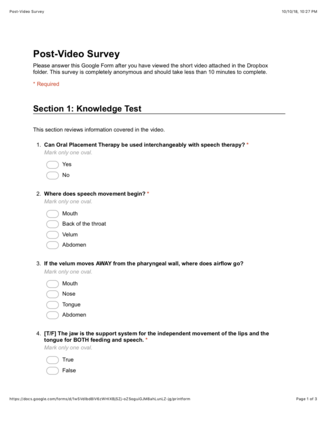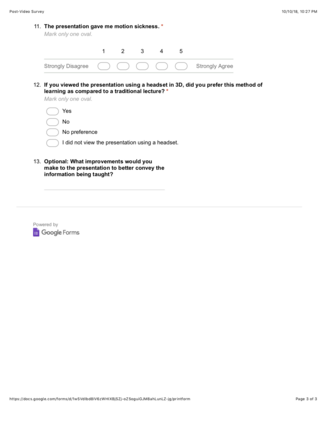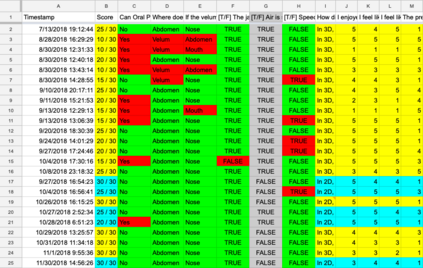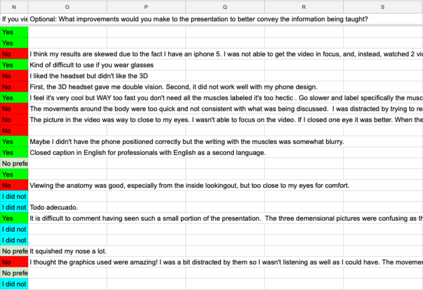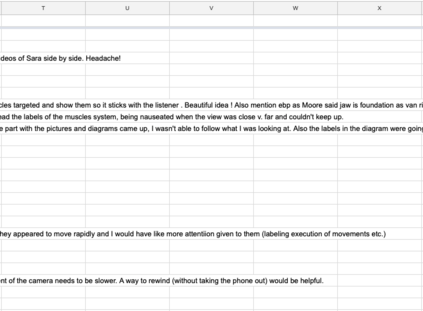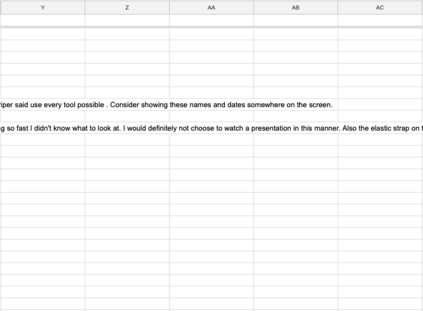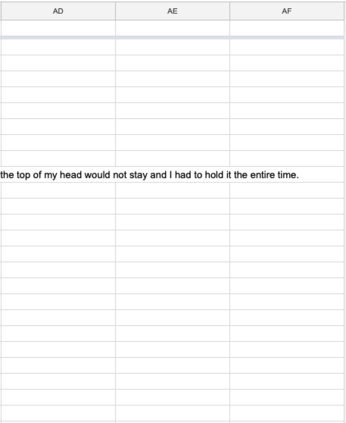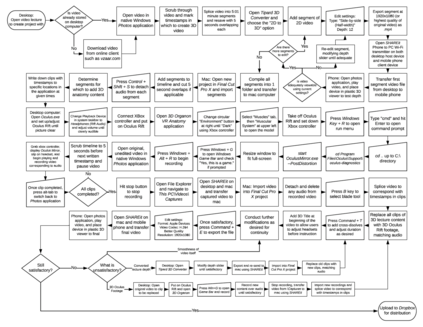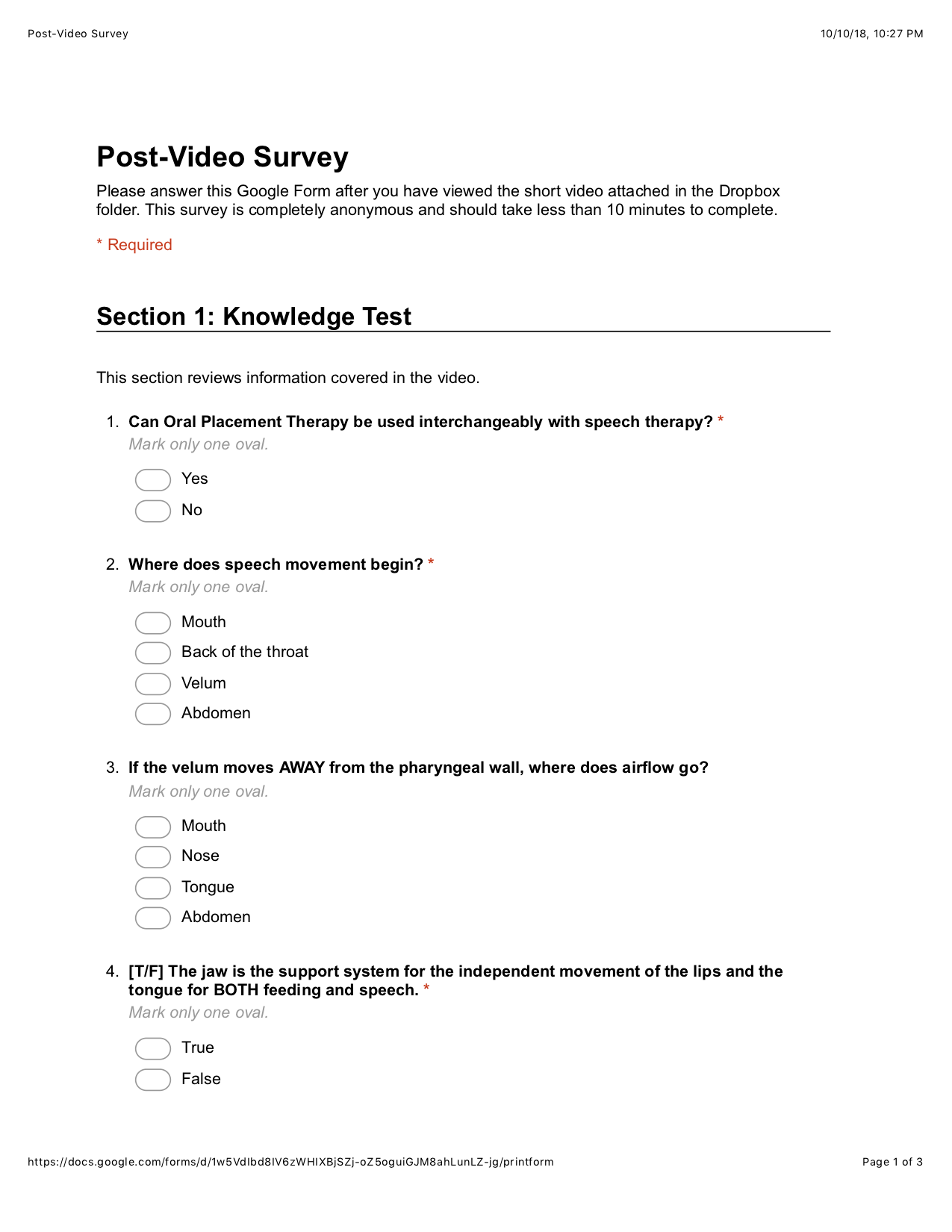This study evaluates the usage of virtual reality (VR) technologies as a teaching tool in oral placement therapy, a subset of speech therapy. The researcher distributed instructional videos using traditional lecture and modified three-dimensional video to prompt responses. Data was gathered with a two-part Google Form: In "Section 1: Knowledge Test" participants were asked to determine how well they received the information displayed to them. In "Section 2: Opinion Test" participants were asked diagnostic and subjective questions via Likert scale ranging from 1 ("Strongly Disagree") to 5 ("Strongly Agree") to determine how well they enjoyed viewing the information displayed to them. Averages for Section 1 were 92.00% for the control group (viewing 2D, unmodified video) and 77.88% for the experimental group (viewing 3D, VR video). Almost all participants answered at least 60% of the questions correctly. Averages for 2D and 3D participants were 4.53/5 and 3.82/5, respectively for "positive" prompts. Exactly 50% of participants experiencing VR video preferred the method to a traditional lecture. This study determines that virtual reality is viable as a learning tool, but knowledge obtained is not necessarily as high as using traditional lecture. Further experimentation is required to determine how well oral placement therapists respond to physically interacting with a model instead of only viewing it. Copies of the Google Form used to collect responses, all raw data, and a flowchart outlining each step used to construct the 3D video can be found in the Appendix.
翻译:暂无翻译

